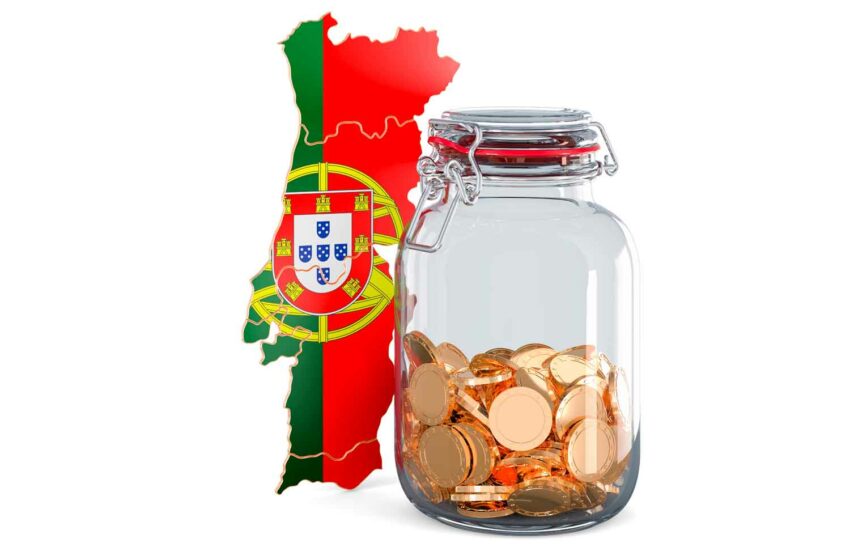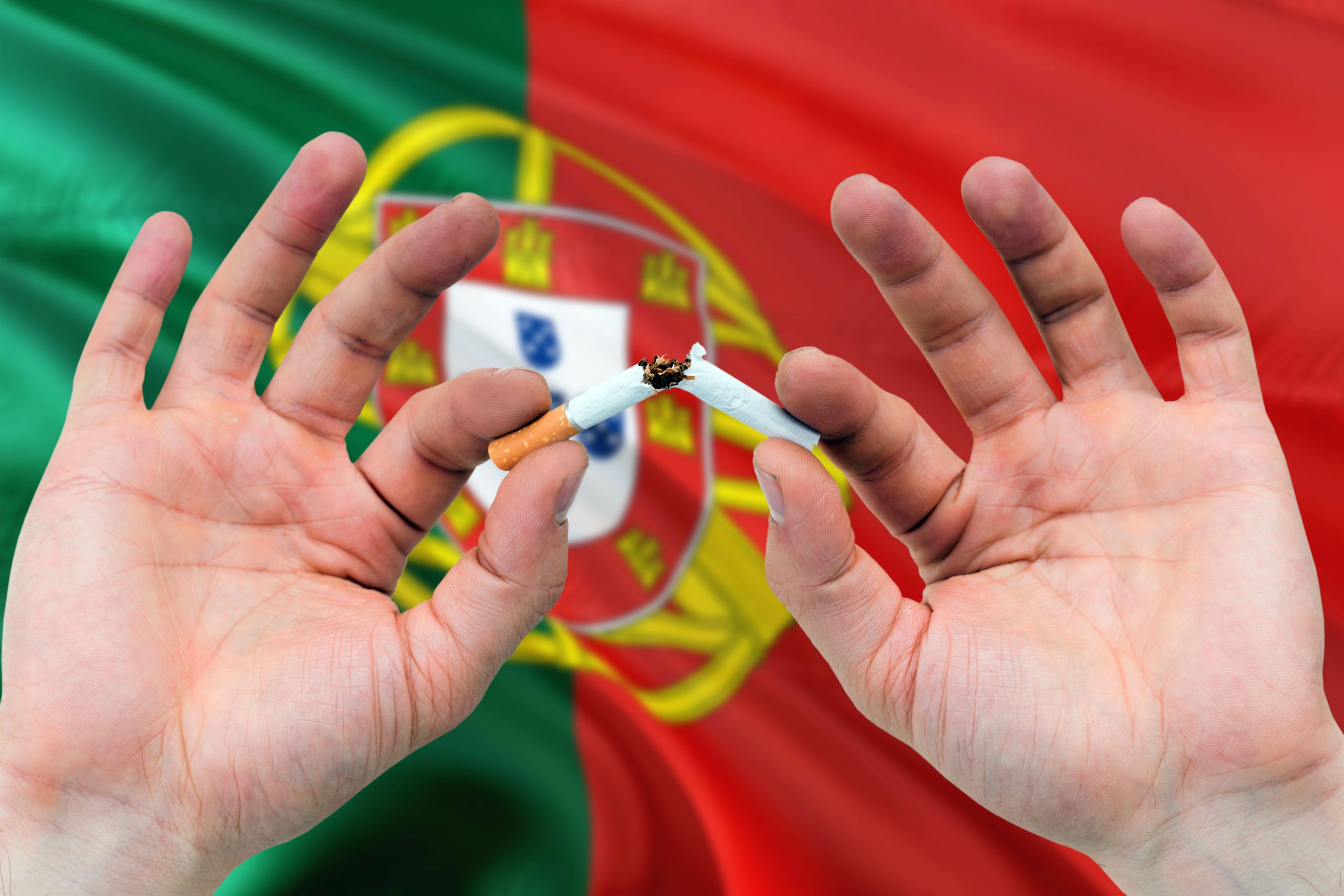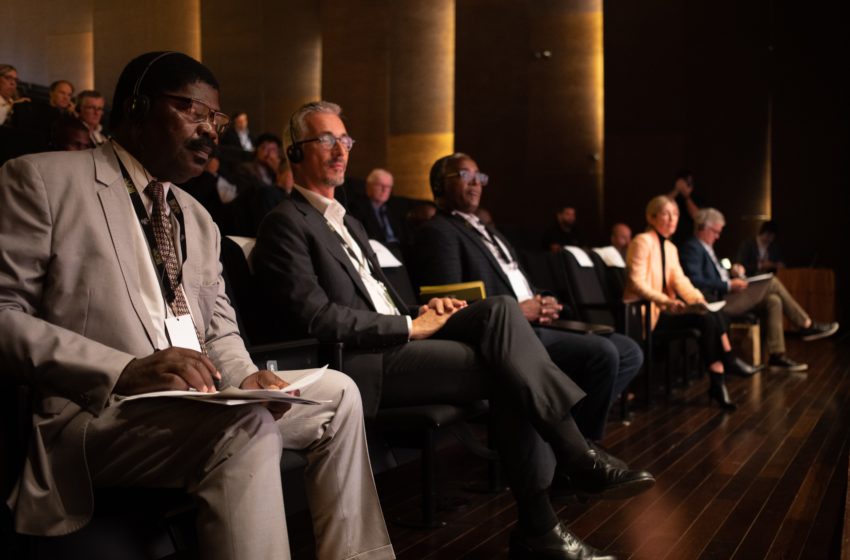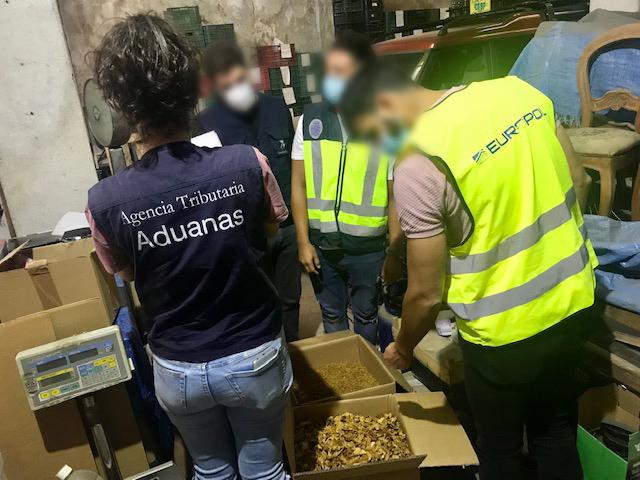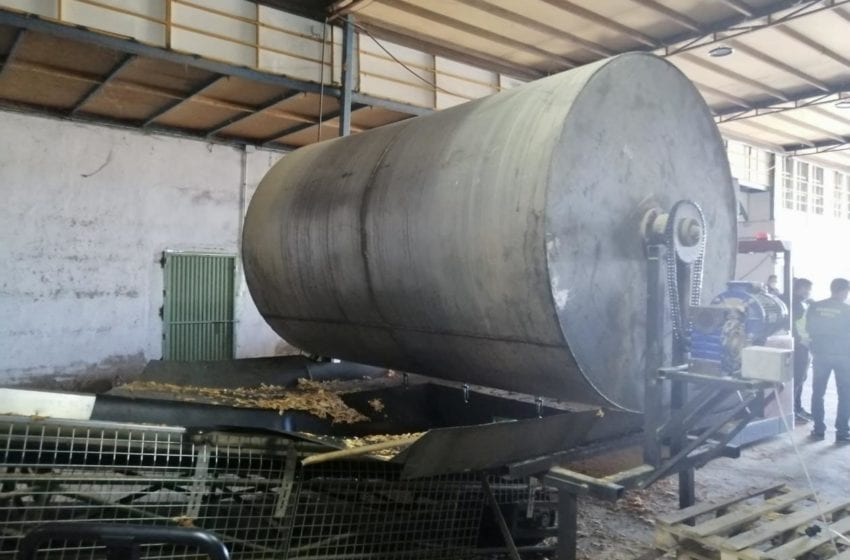Activists warn the move will make smoking more attractive to nicotine users. Read More
Tags :Portugal
Data shows tobacco is the second most consumed psychoactive substance.Read More
New legislation aims to restrict the use and sale of vaping and other tobacco products.Read More
The government also wants tobacco-style health warnings for new nicotine products. Read More
Spaces intended for smokers can make up a maximum of 20 percent of space for customers.Read More
Tobacco growers gather in Portugal to debate the many challenges facing their sector. Read More
Police confiscate tobacco, cigarettes and equipment on both sides of the border. Read More
Portuguese and Spanish authorities seize tobacco, weapons and cash. Read More
Police seize illegal product and arrest illicit traders in Portugal and Spain. Read More
Juul Labs said today it would end operations in South Korea, a year after it entered the market.Read More
